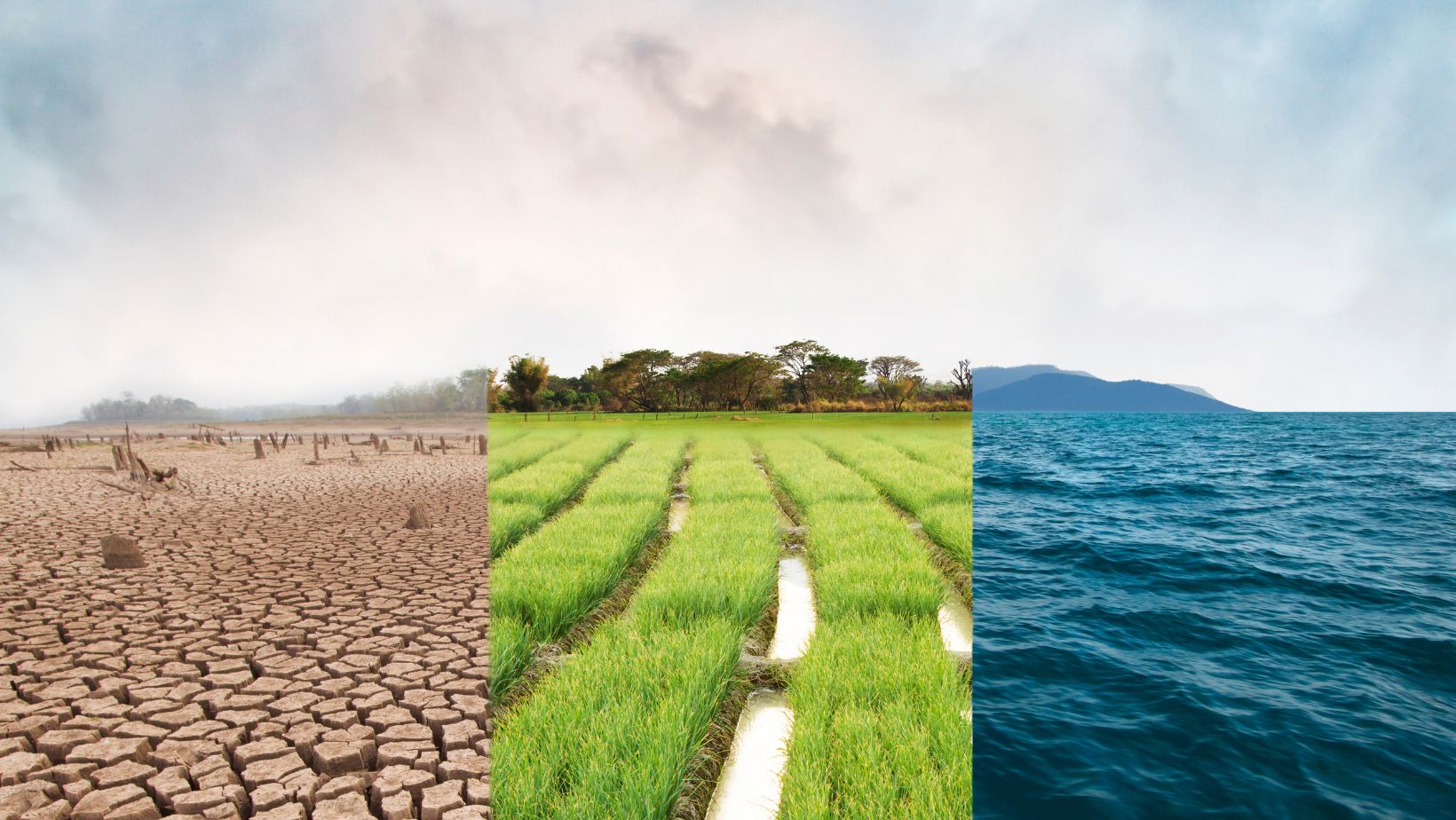
In today’s rapidly changing world, the environmental effects of human actions have become a topic of paramount importance. From the air we breathe to the water we drink, every aspect of our environment is impacted by the choices we make daily. Understanding these effects is crucial for fostering a sustainable future for generations to come. This article aims to shed light on the various examples of environmental effects, offering readers a comprehensive overview of how our actions resonate with the world around us.
Which Of The Following Are Examples Of Environmental Effects On Phenotype?
Understanding the wide range of environmental effects is critical for grasping how human actions intertwine with nature’s balance. The types of environmental effects are diverse, each impacting the planet in significant ways.
Air Pollution
Air pollution, primarily resulting from industrial emissions, vehicle exhaust, and burning of fossil fuels, leads to health issues in humans and wildlife. It contributes significantly to climate change by increasing the levels of greenhouse gases in the atmosphere.
Water Contamination
Water contamination affects bodies of water globally, impairing the quality of drinking water and destroying aquatic ecosystems. Sources include agricultural runoff, industrial discharges, and untreated sewage.
Soil Degradation
Soil degradation, caused by deforestation, excessive pesticide use, and urbanization, diminishes soil fertility. It limits the earth’s ability to support plant life, contributing to loss of biodiversity.
Climate Change
Climate change, driven by the buildup of greenhouse gases, alters weather patterns, leading to extreme weather events like hurricanes and droughts. It poses a threat to all forms of life and has far-reaching impacts on global ecosystems.
Each type of environmental effect underscores the urgency for concerted efforts to mitigate human impact on the planet.
Climate Change as a Global Environmental Effect
 Climate change stands out as a critical global environmental effect, intensifying due to human actions like burning fossil fuels, deforestation, and industrial processes. These activities increase greenhouse gas concentrations in the atmosphere, leading to a rise in Earth’s average temperatures. Climate change manifests in various impactful ways, including more frequent and severe weather events, such as hurricanes, droughts, and heatwaves. It also affects ecosystems and habitats, endangering species unable to adapt to the rapid changes. Melting ice caps and rising sea levels further exemplify the profound implications of climate change, threatening coastal communities and altering global weather patterns. Addressing climate change requires urgent global cooperation to reduce emissions and transition to sustainable practices, highlighting the need for informed decisions and actions towards minimizing environmental impacts.
Climate change stands out as a critical global environmental effect, intensifying due to human actions like burning fossil fuels, deforestation, and industrial processes. These activities increase greenhouse gas concentrations in the atmosphere, leading to a rise in Earth’s average temperatures. Climate change manifests in various impactful ways, including more frequent and severe weather events, such as hurricanes, droughts, and heatwaves. It also affects ecosystems and habitats, endangering species unable to adapt to the rapid changes. Melting ice caps and rising sea levels further exemplify the profound implications of climate change, threatening coastal communities and altering global weather patterns. Addressing climate change requires urgent global cooperation to reduce emissions and transition to sustainable practices, highlighting the need for informed decisions and actions towards minimizing environmental impacts.
Habitat Destruction and Biodiversity Loss
Following discussions on pollution, habitat destruction, and biodiversity loss emerge as critical environmental effects of human activities. These phenomena not only compound the challenges posed by pollution but also directly impact the health and survival of ecosystems globally. Habitat destruction, resulting from deforestation, urban expansion, agriculture, and mining, leads to a direct loss of flora and fauna habitats. Such actions reduce biodiversity, a crucial component for ecosystem resilience, by eliminating species and disrupting natural processes. For example, the Amazon rainforest, often referred to as the “lungs of the Earth,” faces significant deforestation rates, affecting millions of species and contributing to climate change. Similarly, expansive urban development and agricultural practices in various parts of the world contribute to habitat loss, threatening species with extinction. Addressing these issues requires concerted efforts in environmental conservation, sustainable development practices, and global cooperation to preserve biodiversity for future generations.
Actions and Strategies to Mitigate Environmental Effects
 Understanding the environmental effects of human actions sets the stage for developing effective mitigation strategies. The journey toward reducing air and water pollution, soil degradation, and the loss of biodiversity requires concerted efforts from individuals, communities, and governments worldwide. Adopting sustainable development practices, enhancing global cooperation, and committing to environmental conservation are crucial steps in this direction. By prioritizing the health of ecosystems and recognizing the interconnectedness of all living beings, it’s possible to forge a path toward a more sustainable and resilient future. The fight against habitat destruction and the push for biodiversity preservation are not just environmental issues but are essential for the survival of future generations. With the right actions and strategies, humanity can address the pressing environmental challenges it faces today.
Understanding the environmental effects of human actions sets the stage for developing effective mitigation strategies. The journey toward reducing air and water pollution, soil degradation, and the loss of biodiversity requires concerted efforts from individuals, communities, and governments worldwide. Adopting sustainable development practices, enhancing global cooperation, and committing to environmental conservation are crucial steps in this direction. By prioritizing the health of ecosystems and recognizing the interconnectedness of all living beings, it’s possible to forge a path toward a more sustainable and resilient future. The fight against habitat destruction and the push for biodiversity preservation are not just environmental issues but are essential for the survival of future generations. With the right actions and strategies, humanity can address the pressing environmental challenges it faces today.
